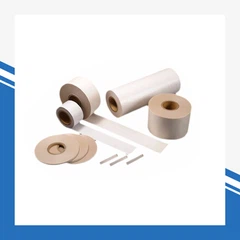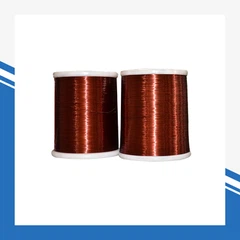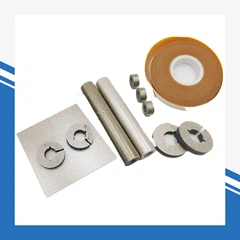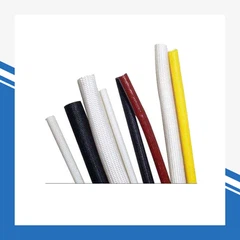Why Choose DMD Insulation Paper for Motors and Transformers?
Walk into any motor or transformer workshop and you will notice one detail: the choice of insulation material. Engineers often argue about copper quality or winding design, but insulation paper quietly decides whether the machine will last years or fail early. One material that shows up again and again is DMD insulation paper.


What makes it different
DMD is built from two layers of polyester non-woven with a thin polyester film in the center. This combination sounds simple, but it changes how the material behaves. The film gives it strong electrical insulation, while the fabric layers make it flexible enough to work with. Workers can slot it, bend it, or punch it without it breaking apart.
Experience from production
In practice, factories use DMD for slot liners in motors and for coil insulation in transformers. During winding, the paper holds up well and does not tear, which saves time on the production line. When equipment runs at higher loads, it can handle continuous heat around 130°C, which matches the class B rating. Another benefit is that it takes resin well, so once the coil is impregnated, the insulation bonds firmly and resists moisture.
Why buyers rely on it
From a purchasing side, DMD has a stable supply chain and a cost level that fits most budgets. It is not the most expensive option, but it gives predictable performance. That balance is why large equipment manufacturers and small repair shops both keep it in stock.
In the field
When motors are used in humid environments or transformers are placed in regions with unstable climates, DMD insulation has shown better durability compared with traditional kraft paper. For end users, this means fewer breakdowns and longer service cycles.









